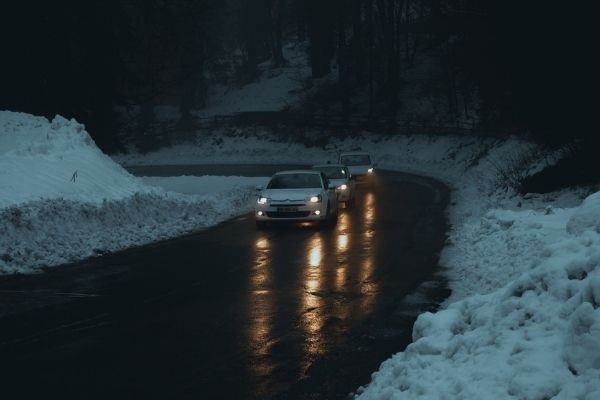
Winter driving has its own set of driving hazards that affect commercial and private vehicles. Here is how to handle these winter hazards successfully when encountered.
These tips for winter driving might mean the difference before safety or disaster on the road. Compared to other seasons, this is one of the most challenging times for commercial and private vehicles.
Several of these winter hazards are poor traction and have limited visibility when driving. Studies have pointed out several concerns that commercial vehicle content will benefit private car owners, too, reported SGI.
When on the road, these are dangers to look out for and avoid, but it cannot be avoided. Knowing them will help in dealing with it.
Tires need traction to maintain contact with the road.
One of the inconveniences is poor road traction, which is less tire contact to the road surface. What happens is difficult to pull away from an icy covered road standstill. Another is a hard time climbing an icy road or slippery hills. Maybe even getting stuck in deep snow that can trap a vehicle. One more is traffic tie-ups and collisions on the icy road. Lose traction, then a set of dangerous conditions will follow.
How to get traction restored to the vehicle.
It all starts with good snow or ice tires to get a better grip on the road; worn tires need to be changed. Drive the car slow and leisurely, without spinning the wheels too fast. Avoid this to get the tires dug in bad, and turn wheels right and left to keep snow for the front tires. Smart winter driving may avoid these driving hazards.
Also read: Holiday Tips: Common Winter Problems of Powered Gas Cars, Solutions
Try to move a car front and back before turning off the engine. Use lightfoot tapping on the gas pedal to move the car out safely from the snow.
Braking on snowy and icy roads take far longer with traction loss. For example, an icy road will take longer to stop than in spring.
Long braking times are one of the causing of winter pileups.
Reduced ability to stop - On ice and snow, it takes three to 12 times more stopping distance than required on dry roads. These longer stopping distances contribute to the cause of many winter collisions.
If the vehicle is large, it will need more time to stop than a smaller car. It gets worse in winter, which is more dangerous. One option is to downshift the gears for more control. Melting ice is less traction and less control that is more hazardous as vehicles get larger.
Drive slower and keep gears down when entering a curve or bend. Always compensate and avoid skidding.
We are dealing with low visibility in cold, snowy weather.
The good news about cold weather driving hazards is that it is avoidable. All that is needed is to clean the windshield and windows, clean headlights, including signal lights on the car. In a snowstorm, this will make the car more noticeable.
Overdriving headlight by unaware drivers.
Most drivers overdrive their headlights unintentionally, and this is not optimum. To make it simple, most headlights have a sufficient distance but affect by the environment. Always use the headlight in terrible weather conditions to see better in front.
If winter driving, these winter driving hazards are significant concerns, this tip might better manage it.
Related article: Car Care: Best Tips to Winterize Your Car for the Colder Months
© 2025 HNGN, All rights reserved. Do not reproduce without permission.








